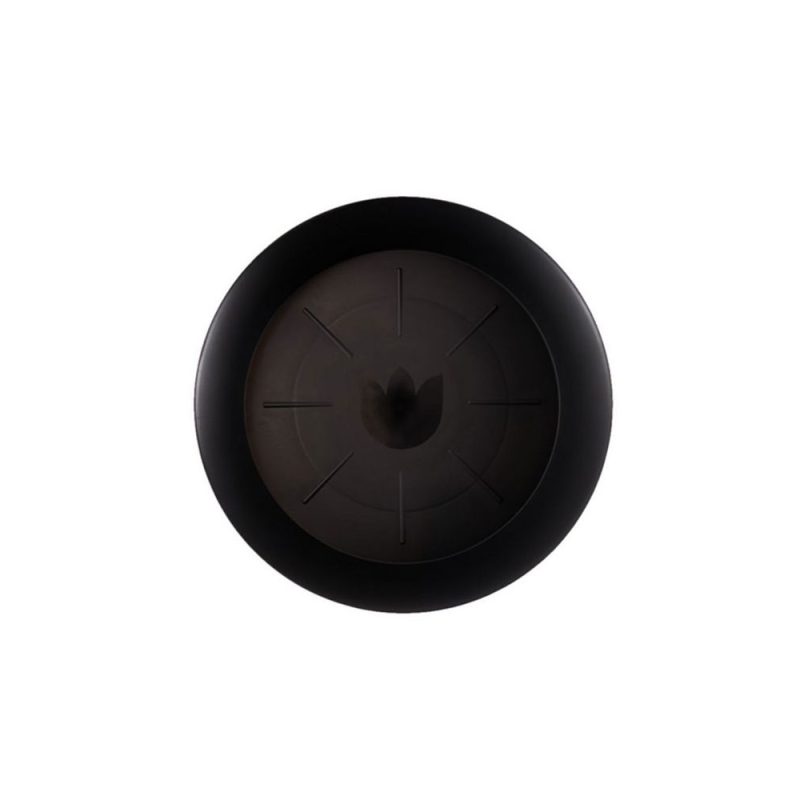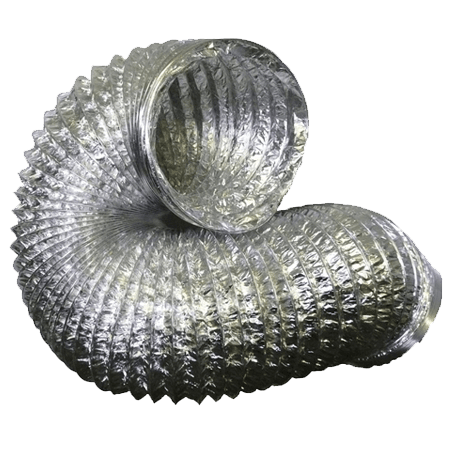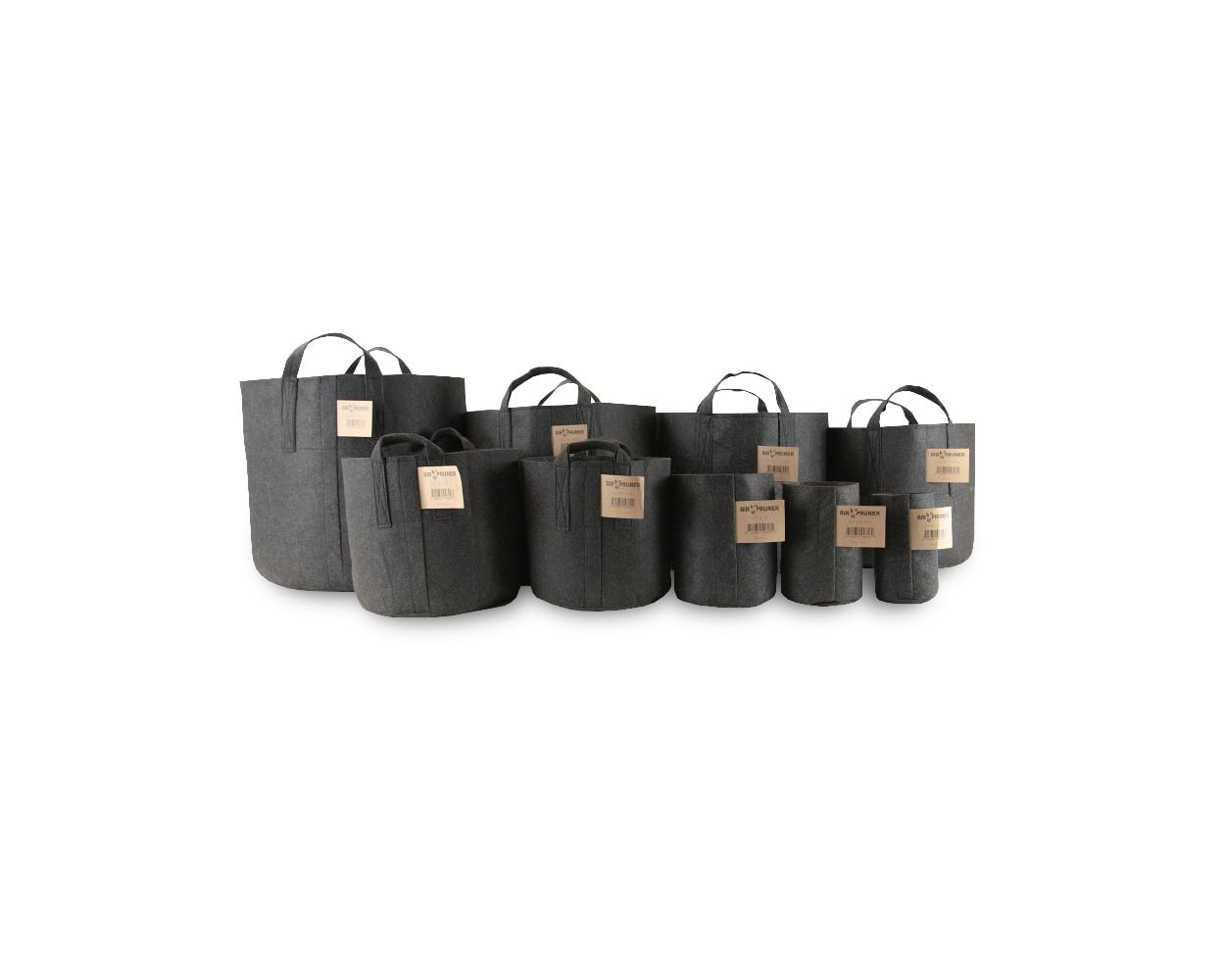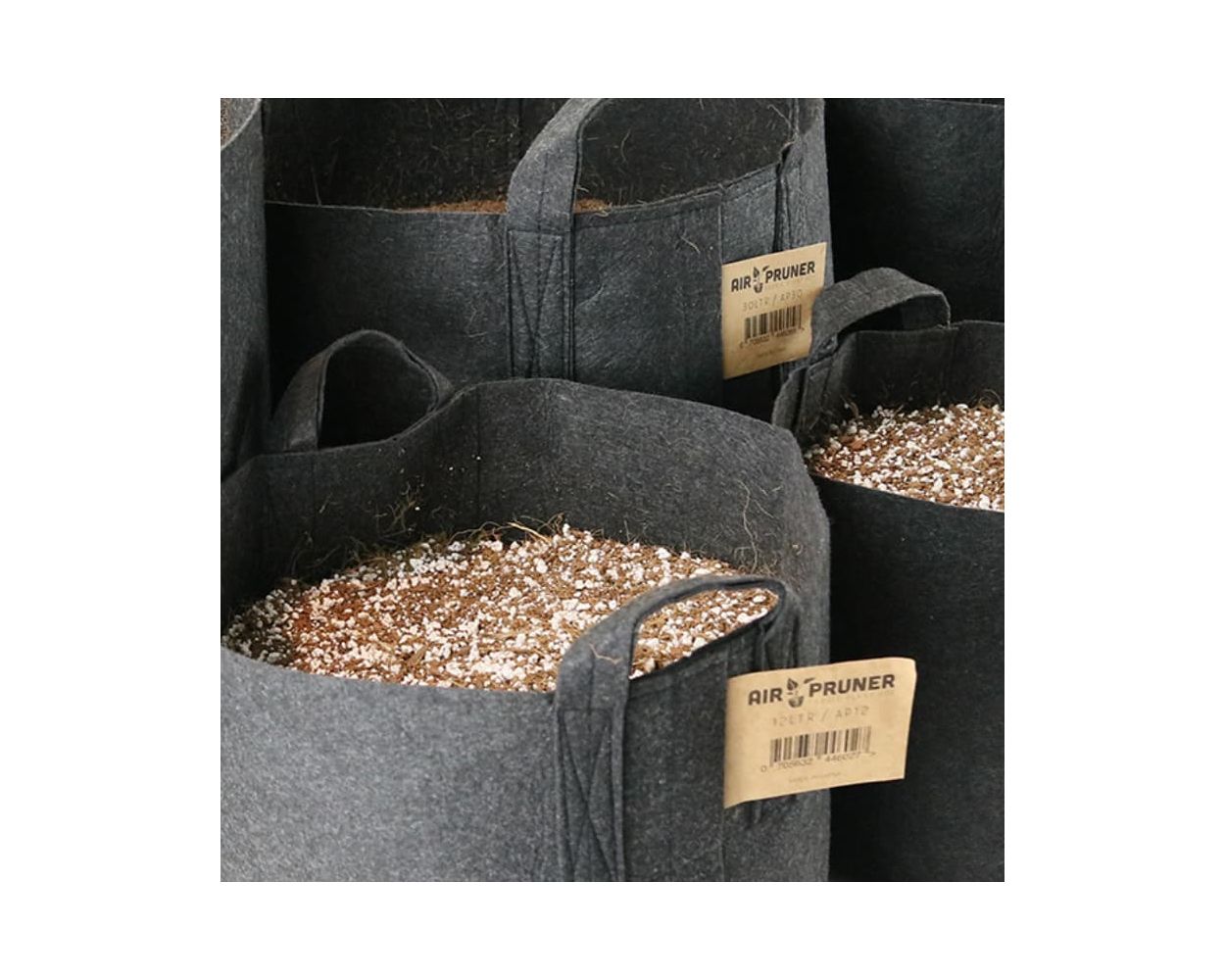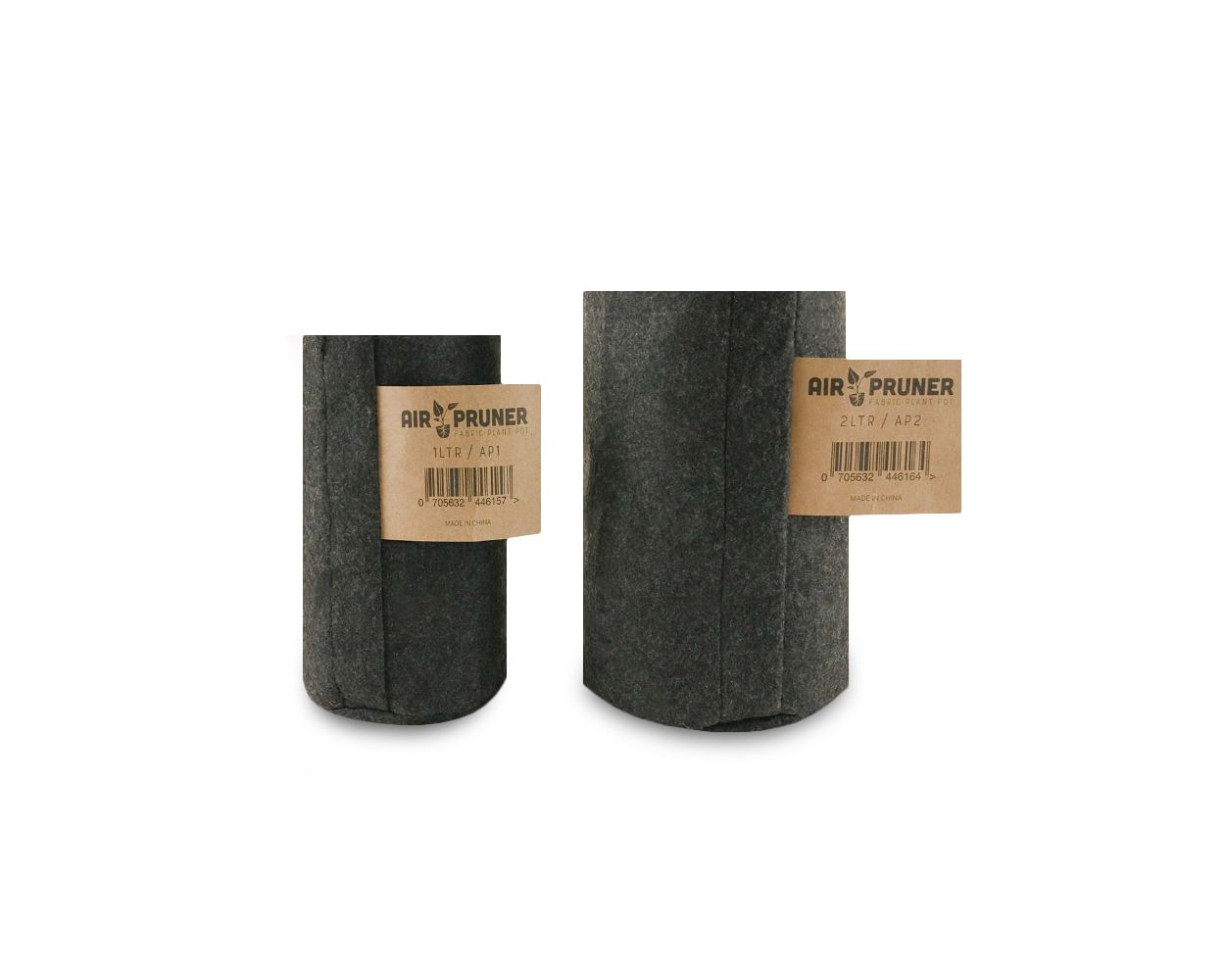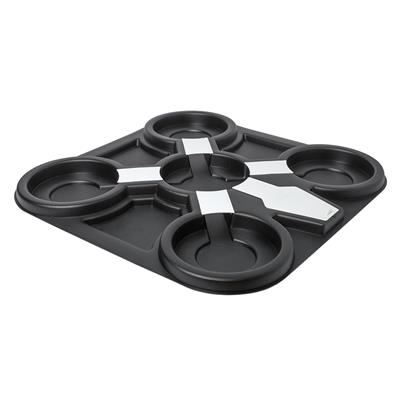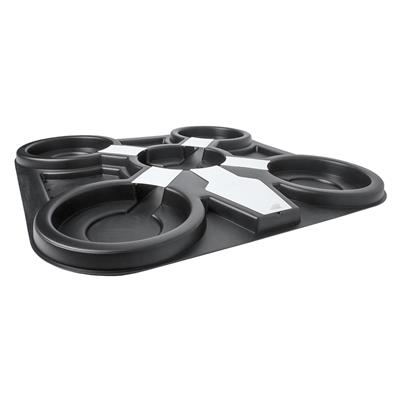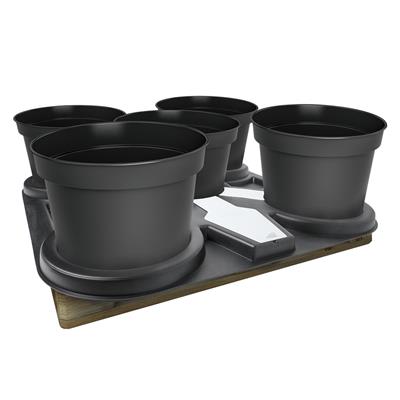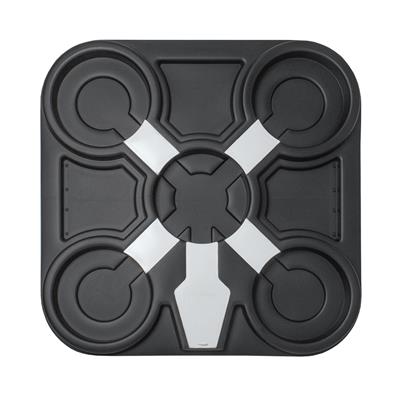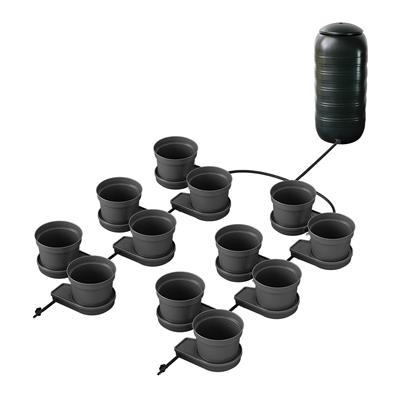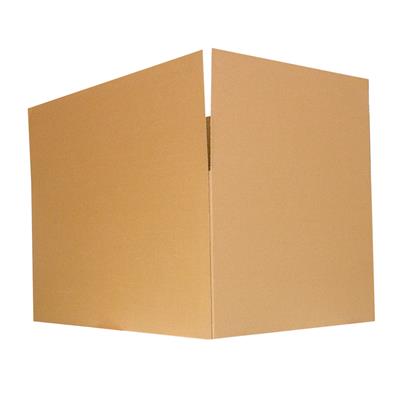Description
MORE ROOTS = MORE FRUITS
Roots are a fundamental part of plant productivity, as they act as both the digestive system and feet of the plant. Good Root health is a strong indicator of the future success of a plant.
Good root health is determined by a lack of pathogenic organisms including fusarium and Pythium which turn roots brown and make them smell bad. Strong, white roots are healthy and this is what we’re aiming for in our indoor gardens. A strong root network will have a solid architecture, meaning an even, uniform spread of lateral roots with many root hairs. If plant’s get root bound or roots start circling the bottom of the pot – end yield will be affected!
Root architecture is determined through an interaction of plant genetics and local environmental influences; So the species of plant and how you grow it will have a massive impact on the architecture and structure of the root network. Using an air pruning pot prevents roots circling and encourages root growth throughout the entire medium, leading to more productive plants.
The roots perform two main functions for the plant; anchoring the plant in place as well as uptaking essential nutrients and moisture from the substrate. A healthy network of roots will facilitate the plant in carrying out these functions so it’s important you have a strong focus on building healthy roots, with a high number of root hairs.
WHAT TYPES OF ROOTS DO PLANTS CREATE?
On the whole, plants tend to produce three types of root:
- Tap root
- Secondary / Laterally branching roots
- Tertiary roots / Root hairs
THE TAP ROOT
The Tap Root is the first root to emerge from a seed, it grows straight down towards a water source. It works to anchor the plant in place. Only plants grown from seed have tap roots.
SECONDARY / LATERALLY BRANCHING ROOTS
Secondary / Laterally branching roots help to anchor the plant in place and provide the plant with a larger area to uptake nutrients and water.
TERTIARY ROOTS / ROOT HAIRS
Tertiary roots / Root hairs have a large surface area to allow the plant to access all the different nutrients and water it needs. Most of the essential elements are absorbed at the root hairs and transported along the branching roots, into the tap root, then up the plant to the leaves. Your plants use nutrients for photosynthesis and other metabolic processes.
Fabric pots work on the physical principles of these types of root, bringing only positive effects. Your plants will not be stressed when roots are ‘pruned’ – the tips just get dried out which encourages more roots to grow deeper in the medium. Other methods of pruning roots require a sharp implement which can leave plants vulnerable to attack from pathogenic microorganisms through the open wound. When roots air prune, pathogens cannot enter the roots via the wound, since the tissue dries up and self-seals.
WHAT ARE THE BENEFITS OF FABRIC PLANT POTS OVER TRADITIONAL PLASTIC POTS?
Fabric pots have several benefits over traditional plastic pots, including:
1. AIR PRUNING ROOTS
The benefit of our air pruning pots is their air pruning capability. Air pruning results in a thicker mass of healthy roots. More roots provide the plant more opportunities to absorb nutrients and water. With traditional plastic pots, when roots reach the pots edge, roots are forced down until they hit the bottom of the pot then they circle the container in search of a friendlier environment. Plants can soon become root bound. As roots circle, minimal lateral branching occurs, resulting in poor nutrient uptake.
What makes the fabric Air Pruner Pots so unique, is when the plant roots reach the container’s edge, its laterally branching roots grow through the porous fabric, and when they meet the air on the outside of the pot, they dry out and are naturally pruned (fall off). The pruning process creates more productive dense, fibrous root system that improves the uptake of water and nutrients.
2. AERATION
The breathable, porous fabric pot allows air to enter the root zone from all surfaces of the container. This aeration provides a healthy environment for the roots as well as supports beneficial microorganisms and bacteria. This aeration provides oxygen to the roots, which is essential for the metabolic process in taking up minerals and nutrients. Oxygen is also necessary to diffuse carbon dioxide away from the roots caused by the respiration of root cells and microorganisms. Roots without adequate access to oxygen will result in weak plants that exhibit stunted growth and are much more likely to fall sick to pests and diseases.
3. DRAINAGE
A common problem with traditional plastic containers is poor drainage leading to anaerobic condition that result in soil borne diseases like Phytophthora, Fusarium and Pythium, responsible for devastating root rot. Due to the breathable, porous fabric, excess water can easily drain from the container, keeping moisture at an ideal level for healthy plant growth.
4. TEMPERATURE CONTROL
The construction of fabric Air Pruner pots allows air to penetrate the sides of the container, keeping it cool when exposed to direct sun on hot summer days or the intense light of an indoor grow light, through the process of evaporative cooling. Plants will be less stressed during uncontrollable heat spikes such as heat waves, as well as better insulated against cold floors.
5. QUALITY & DURABILITY
Air Pruners give horticulturalists a single, extremely durable solution for all fabric-pot needs and growing environments. Perfect drainage and aeration allow optimal water and nutrient uptake, yielding rapid, optimal plant growth throughout each growth cycle. The fabric also allows air to easily reach your plants’ root zones, delivering superior drainage and creating a healthy, fibrous root environment.
The porous material is reinforced with marine-grade thread. The pruner pots robust stitching allows the container to withstand constant moisture and prolonged UV exposure. When filled, the pots retain a self-supporting form and structural integrity, even in challenging climatic conditions including during irrigation and transport. The larger volume container’s have integrated handles so moving plants is quick and easy.
In testing, the fabric gave in to load stress while the stitching maintained integrity. This provides the confidence that these pots can cope with the heaviest substrate, even when wet!
6. IN HYDROPONIC APPLICATIONS
You’re probably familiar with air pruning pots being used to grow impressive soil and coco based plants but when used indoors, not only do you have the unique combination of air root pruning and aeration of the root zone, but fabric air pruning pots are the ideal container for some of the most popular hydroponic systems (Ebb-and-flow; Drip circulating; bottom fed) because nutrients and air can easily pass in and out of the porous fabric. The fabric can be used like a filter during the drain cycle, allowing only the nutrient solution back to the reservoir. This gives the grower the option to use peat, coco, soil and many other medium without clogging lines or pumps. Our fabric Air Pruner pots can be washed and reused for many cycles.
7. HOW LONG DO FABRIC PLANT POTS LAST?
Depending on use, Air Pruner fabric plant pots can be reused for up to 4-5 cycles indoors or up to 3 years outside. The durable fabric allows for washing. Marine-grade stitching maintains the pot’s integrity, even in the most challenging of environments.
